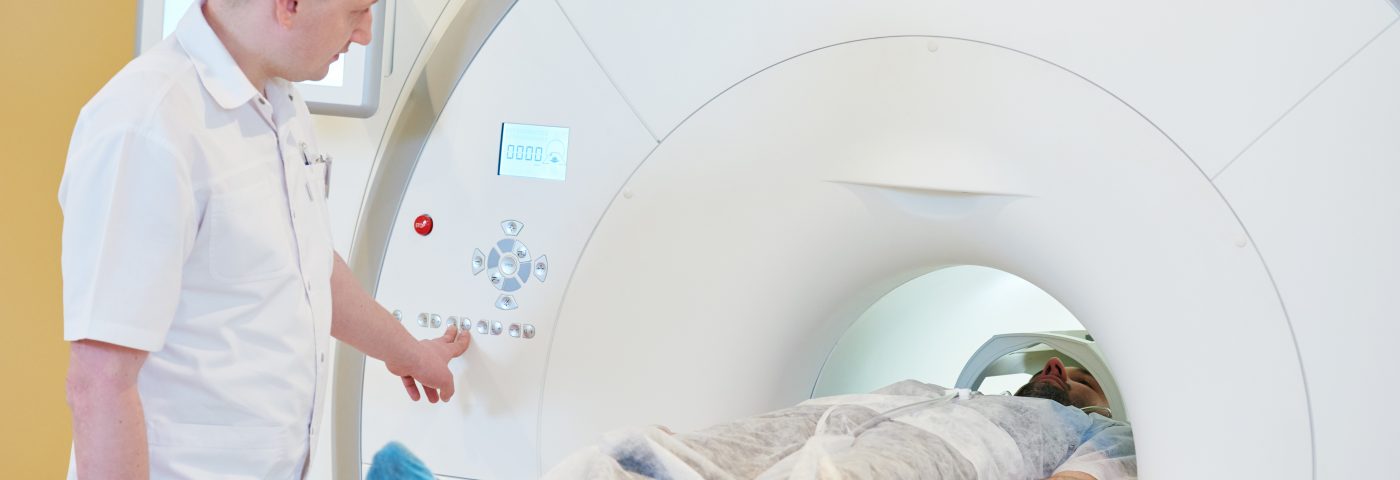Research shows that positron emission tomography (PET) might allow clinicians to better monitor atezolizumab treatments in non-small cell lung cancer (NSCLC) patients.
The findings, presented at the recent 2016 Annual Meeting of the Society of Nuclear Medicine and Molecular Imaging (SNMMI) in San Diego, Calif., came from a study that focused on immunotherapy but also supports the potential for PET as a to assess various treatment effects and prognosis.
Non-small cell lung cancer is the most common forms of lung cancer, making up 85% of cases. It is notoriously difficult to treat with chemotherapy, which makes various current immunotherapies more important than ever for giving patients a better chance to survive.
But because immunotherapy results vary, researchers at California-based Genentech explored whether PET could be used as a way to evaluate the effectiveness of certain treatments.
PET is an imaging method by which clinicians follow metabolic processes in the body. It uses a tracer molecule holding a tiny amount of radioactivity, which is injected into the patient’s bloodstream. The molecule, acting like glucose, is taken up by cells in need of energy. Tissues with a high demand for energy, such as fast-growing tumors, suck up more of the compound allowing them to be seen on a screen.
For the study, researchers used a tracer molecule called fluorine-18 fluorodeoxyglucose (F-18 FDG).
“This study is the first to prospectively evaluate FDG-PET imaging in a Phase 2 trial of lung cancer patients receiving the novel immune checkpoint inhibitor atezolizumab,” Jill Fredrickson, a clinical imaging scientist in the Department of Early Clinical Development at Genentech, said in a news release. “These findings help define the potential role of FDG-PET as a prognostic and predictive biomarker in the treatment of lung cancer with such immuno-therapeutics.”
The study enrolled 138 patients with non-small cell lung cancer from 28 clinical institutions across five countries. Patients were examined with PET at study start, and after six weeks of intravenous atezolizumab therapy.
The study showed that patients who had a larger active tumor volume at study start had a lower chance of survival. An increase in tumor volume during the six weeks of treatment was also linked to poor survival.


